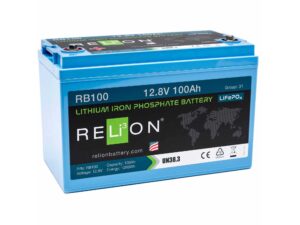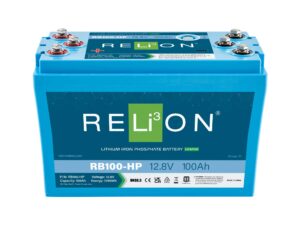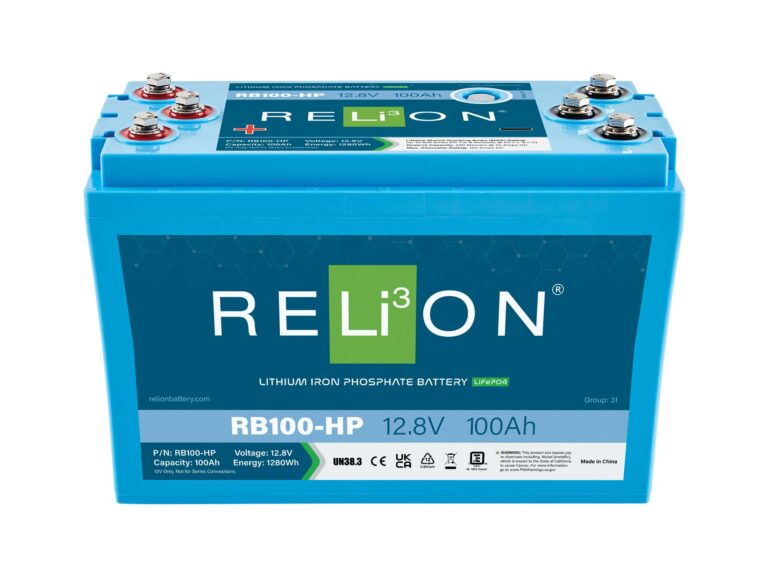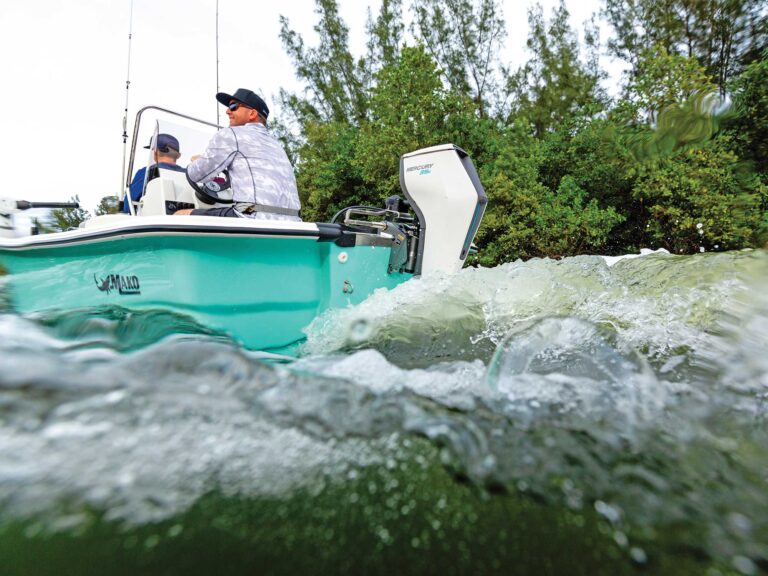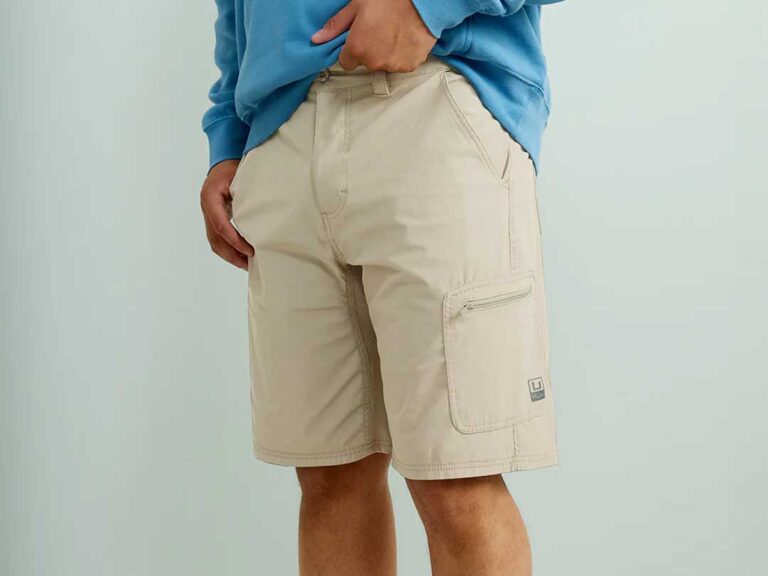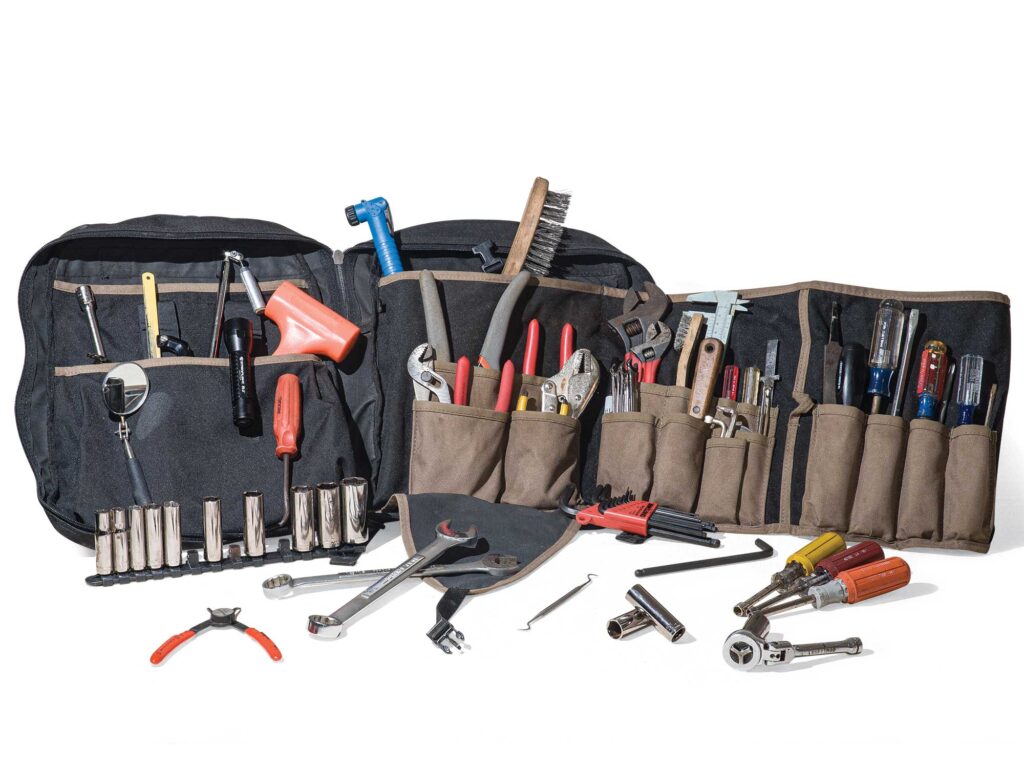
Having the right tool for the job—it’s a metaphor commonly applied to all sorts of self-improvement genres. On a boat, where problems are bound by length, beam and draft, having the right tool to fix the problem is often a literal requirement.
In my decades as a yacht captain, I’ve come to rely on my tool bag that stores easily, yet it always has what’s needed to make repairs and keep going, instead of limping home.
Keep It Together
Organized tools are easy to find and harder to misplace. My Custom LeatherCraft 1130 tool backpack was discontinued, unfortunately. CLC’s model 1134 is the closest replacement, although it lacks the fold-out tool row. To keep wrenches in line, I write their sizes with a Sharpie on a simple canvas tool roll.

Wrenches & Sockets
Carrying wrenches and sockets in both metric and imperial sizes gets bulky and heavy, and adjustable wrenches don’t fit into tight places. Many repairs require two of the same-size wrench, adding heft. Fortunately, several sizes, such as 5/8 inch and 16 mm, are nearly identical. Others are close, but while 18 mm works in place of 11/16, the reverse is not true—11/16 is too tight.
For all you’ll need and nothing more, start with a set of combination wrenches from 7 mm to 19 mm, and then add 1/4, 5/16, 11/32, and 3/8 inch, 10 mm (you’ll want two of those), 7/16, 1/2, 9/16 (buy two), 3/4, 13/16, and 7/8 inch. I add a double-sided 15/16- and 1-inch open-end wrench and two adjustable wrenches—one 10 inch (with an extra-wide 15/16-inch opening) and another 6 inch with a rubber handle for working near battery terminals. A 10-inch aluminum pipe wrench comes in handy. Pawn shops offer single sizes inexpensively, and note that 18 mm and 3/32-inch sizes are often needed yet skipped in consumer-grade sets of these.
Deep-well sockets often fit when standard-depth won’t. In 3/8-inch drive, you’ll want these sizes: 3/8, 10 mm, 7/16, 12 mm, 13 mm, 14 mm, 9/16, 15 mm, 16 mm, 17 mm, 18 mm, 3/4, and 13/16. My “stubby” 3/8-drive ratchet with an articulating “flex-head” fits into tight places, while a 3/8-drive “wobble” extension accommodates difficult angles. I also carry 1/4-inch drive sockets down to 5 mm and 3/16 inch.
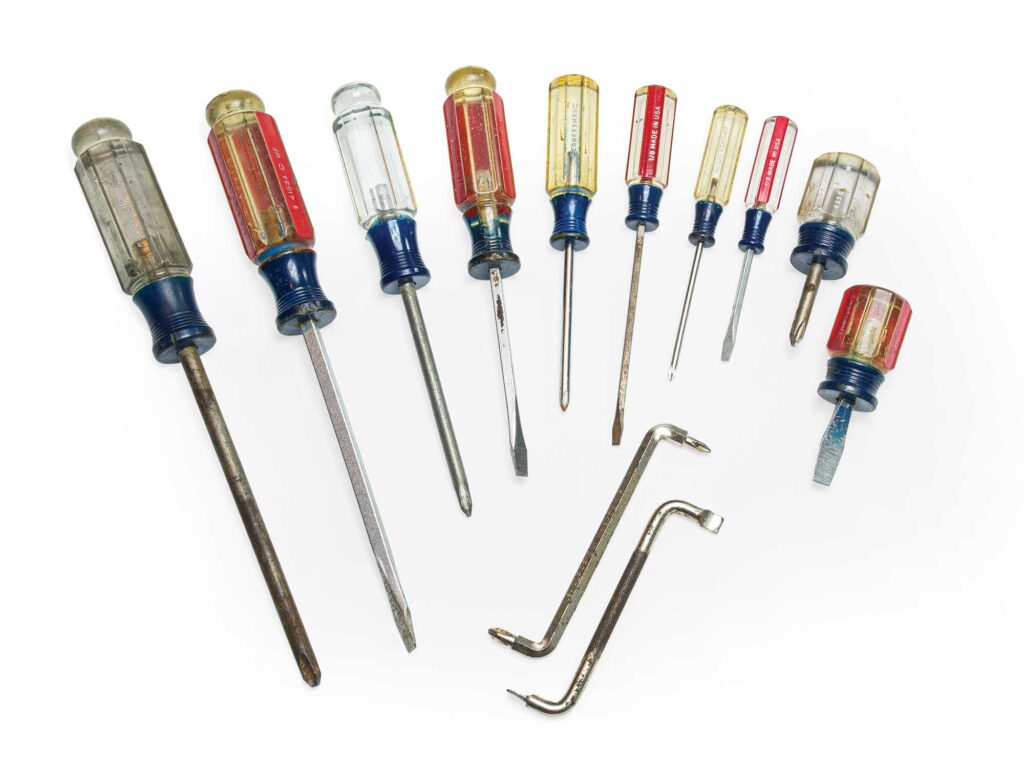
Screwdrivers & Pliers
Most jobs fall within No. 0, No. 1, No. 2, No. 3 Philips and 1/8-, 3/16-, and 1/4-inch slotted screwdrivers. Tight places often require 1/4-inch or No. 2 Philips shortened “stubby” or right-angle “offset” screwdrivers. Nut drivers in 1/4 inch, 5/16, and 7 mm won’t slip off hose clamps like a slotted screwdriver does, particularly in cramped bilges. A ratcheting screwdriver with hex-shank twist drill bits makes a serviceable hand drill, and it also turns Torx (star-drive) bits in sizes T10, T15, T20, T27 and T30, as well as No. 1 through No. 3 Robertson (square-drive). Ball-end Allen (hex) wrenches, in metric and imperial sizes, angle into tight places ordinary hex wrenches can’t.
Self-adjusting 10-inch Robo Grip pliers are easier to use than similar arc-joint pliers. I also carry small 7-inch and large 12-inch arc-joint pliers, along with 10-inch slip-joint and 6-inch needle-nose pliers. Vice-Grips in both 10-inch curved-jaw and 6-inch long-nose varieties, along with wire cutters, wire strippers and a crimping tool, round out my set.

Clean, Cut, Scrape or Pick
A stiff putty knife, sharpened with a file, removes old gaskets without damaging parts or knuckles. Slide a “hose hook” (mine is actually a cotter-pin puller) around the inside of a hose to break it free. A hacksaw with extra blades, two stainless-steel wire brushes (shorten long wooden handles to fit into the bag), dental picks, and a snap-blade utility knife round out sharp and pointy necessities.
Read Next: Six Tools for Spring Make-Ready
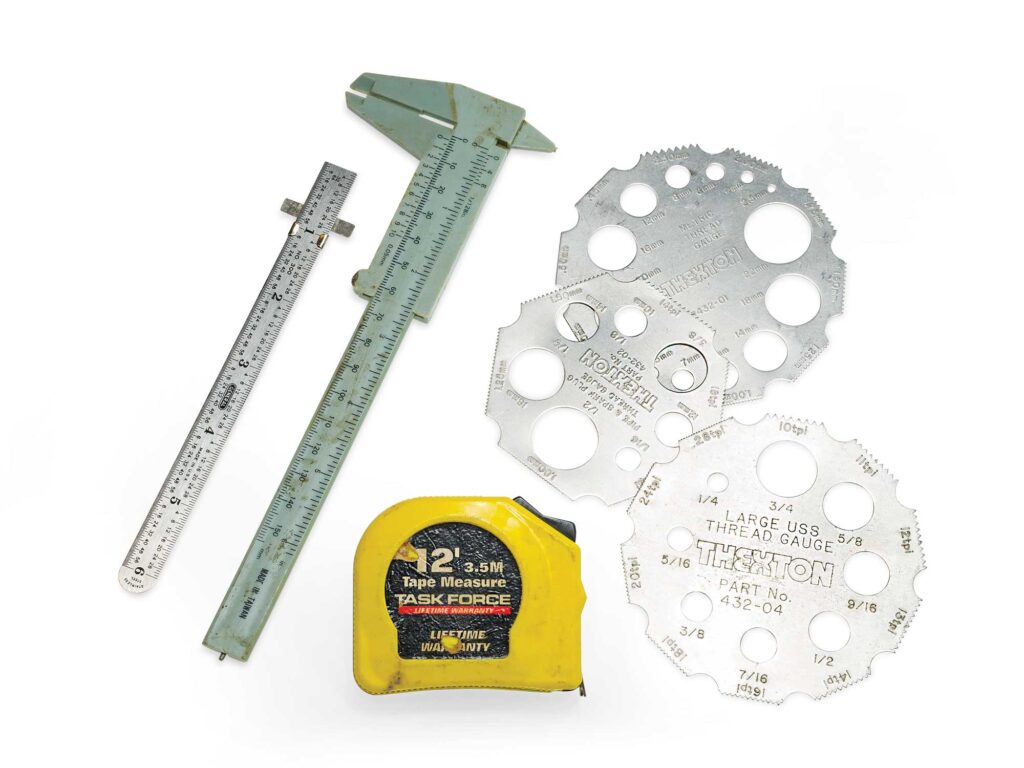
Miscellaneous
A telescoping mirror and a small, bright flashlight help you see what you’re fixing, and a strong telescoping retrieval magnet recovers dropped tools. A 16-ounce dead-blow hammer loosens what’s stuck or nudges what isn’t, while screw extractors remove stripped screws. A bicycle air pump pressurizes hydraulic steering reservoirs and freshwater expansion tanks.
A tape measure, 6-inch stainless-steel machinist rule, and plastic calipers help get the right replacement parts. Thexton thread pitch gauges include holes that identify screw sizes. You’ll also want small tubes of thread-lock (the blue semipermanent variety), pipe-thread sealant, gasket-maker compound, Teflon lube, and superglue, along with electrical tape and tie wraps.
And the next time you catch a Forbes article or TED Talk about “the right tool for the job,” remember, it isn’t always a metaphor.
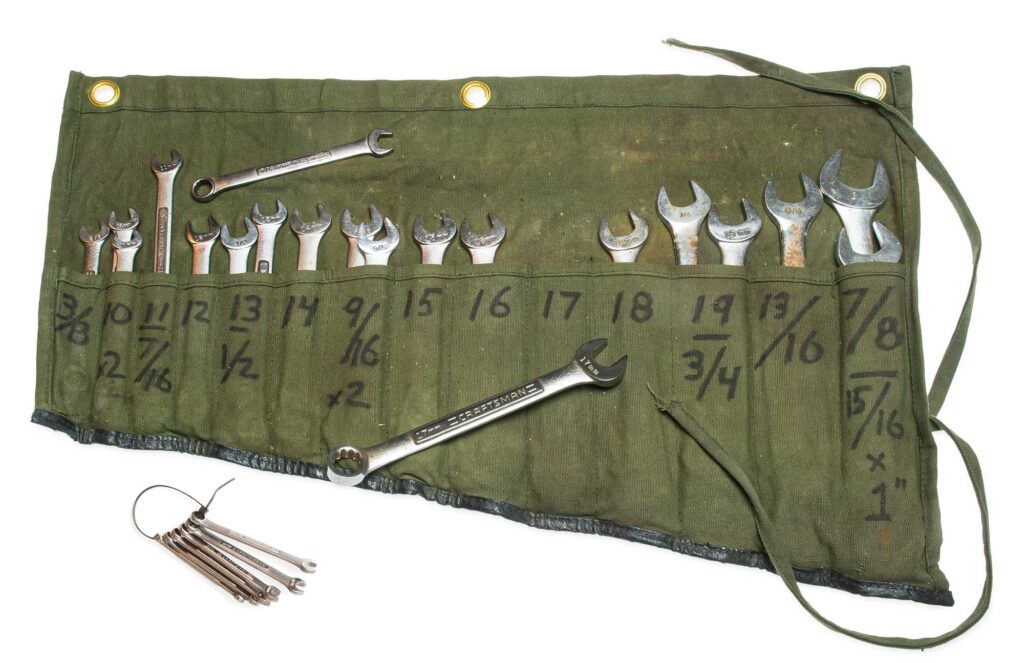
Wrench-Size Guide
These wrenches pull double duty:
- 7/16 ≥ 11 mm
- 13 mm ≥ 1/2
- 16 mm ≥ 5/8
- 18 mm ≥ 11/16
- 3/4 ≥ 19 mm
- 21 mm ≥ 13/16 (13/16 works on 20 mm too)
- 7/8 ≥ 22
- 15/16 ≥ 23

